Commentaries
Your Present Location: Teacher_Home> John Ross> CommentariesJohn Ross: China`s `Belt and Road` initiative and the EU`s `Juncker Plan`
By John Ross Source: China.org.cn Published: 2016-1-16
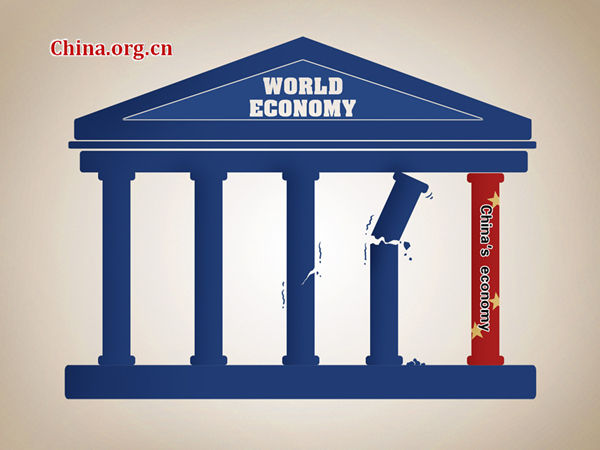
A strong support [By Zhai Haijun/China.org.cn]
Significant openings are now being created for both China and Europe by convergence of the EU`s "Juncker Plan" for increasing infrastructure investment and China`s "Belt and Road" initiative. This convergence was emphasized on the EU side during a trip to Beijing by Jyrki Katainen, EU Commission Vice-President in charge of jobs, growth, investment and competitiveness. China and the EU established a joint working group to develop this, and other forms of cooperation, which includes experts from the EU Commission and the Silk Road Fund, a $40-billion fund established last year to support China`s "Belt and Road" infrastructure policy across Asia.
There are two interrelated major aspects to this development. The first is the practical importance of infrastructure cooperation. The second is the way it illustrates China`s increasing role in what is termed in the West "thought leadership" - that is in determining the global economic policy agenda.
The contrast between China and the EU`s economic performance since the beginning of the international financial crisis is clear. In eight years between the 3rd quarter of 2007 and the 3rd quarter of 2015 EU GDP expanded by a total 2.7 percent - an annual average 0.4 percent. In the same period China`s GDP grew by 88.8 percent - an annual average 8.3 percent growth. China`s economy grew twenty times as fast as the EU.
There is no mystery as to the reason for the different economic performances. From 2007 to 2014, the latest available annual data, all major components of EU GDP increased except for fixed investment - which remained 12 percent below its 2007 level. In the same period China`s fixed investment rose by 110 percent. While the EU underwent economic stagnation due to falling investment China`s economy grew rapidly due to its growth.
The Juncker Plan attempts to tackle this EU problem. Its aim is to create €315 billion of new investment - largely of infrastructure focussing on transport, communications and clean energy. A key background to this is that prominent Western economic analysts, such as former U.S. Treasury Secretary Laurence Summers and Martin Wolf, the chief economics commentator of the Financial Times, had argued that infrastructure investment is key to break out of slow Western growth following the financial crisis. The Juncker Plan was the first major step by the EU in this direction.
The overlap of the Juncker Plan`s ideas with China`s Belt and Road initiative is evident. China`s new distinctive idea in the initiative, as with parallel ones such as the Asian Infrastructure Investment Bank (AIIB), is explicitly tying together trade and infrastructure investment initiatives.
Previous post-World War II trade initiatives up to the creation of the World Trade Organisation, all led by the U.S., focused on tariff and legal changes. Adding infrastructure investment and financing necessary to create it as a central element was China`s innovation - an example of "thought leadership."
The first success illustrating the power of China`s new form of economic initiative was the U.K.`s decision, followed by other major European countries including Germany, to join the AIIB despite U.S. objections. The convergence of the Juncker Plan with the Belt and Road initiative is an example of the same process involving an even greater number of European countries.
At first sight it might appear strange that the idea of closely linking trade and infrastructure investment was not put forward earlier by Western leaders. The beneficial economic effect of both trade and investment, and the correlation of the two, is well established in economics. The classic "Western" study of the advantages of "openness" in trade, by Sachs and Warner, found: "Open economies had significantly higher investment-to-GDP ratios, and that [an open economy] raised the investment ratio by an average of 5.4 percentage points." Therefore why was it China that first explicitly linked these in a coherent new international policy?
Practically China learnt from the advantages of its domestic economic structure compared to the West. The Western private sector economies are dominated by a mantra "private is good, state is bad." Therefore proposals for inevitably state led infrastructure investment by Summers, Wolf etc., encountered fierce ideological opposition - as well as few strong structures existing to implement the policy.
In China in contrast, as restated by the 3rd plenum of the 18th CPC Central Committee: "We must unswervingly… give full play to the leading role of the state-owned sector." In China`s economy both a private and state sector exist and the state can therefore play a key role in initiatives such as infrastructure investment.
In parallel with China`s practical advantages, Chinese economists began to develop international policies based on infrastructure development. Justin Yifu Lin, former chief economist and senior vice president of the World Bank, in his 2013 book Against the Consensus, entitled a section "Infrastructure investments - beyond Keynesianism" - a self-explanatory proposal intended for multilateral action. Lin`s proposals, however, were not taken up by Western countries for similar reasons to those as why Summer`s and Wolf`s were rejected.
But such an initiative was taken up by the Chinese government and aided in policy formation by China`s new think tanks. On the Belt and Road initiative, a leading role was played by my Chinese colleagues at the Chongyang Institute for Financial Studies of Renmin University, under the personal direction of its Executive Dean Wang Wen, who not merely provided studies but also took numerous practical initiatives.
Finally, to add a theoretical point, China`s economic framework makes it much easier to see and understand the close link between investment and trade. In the framework of Western economics, trade and investment are separate categories. In China`s Marxist economics, the concepts trade and investment are not separate but examples of growing "socialization of labour" - the link between the two is therefore easily seen.
For these interrelated reasons China was able to show both practical and thought leadership in first linking investment and trade in the Belt and Road, the AIIB and parallel initiatives. The EU going in the same direction with the Juncker Plan now creates favourable opportunities for both Europe and China.
The author is a senior fellow at the Chongyang Institute for Financial Studies at Renmin University of China.
Key Words: Belt and Road; investment; EU











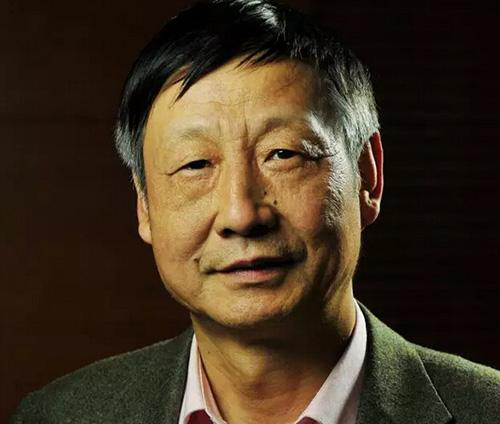





















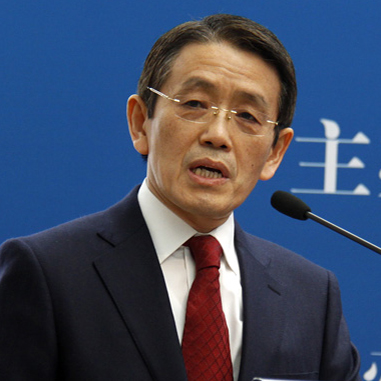












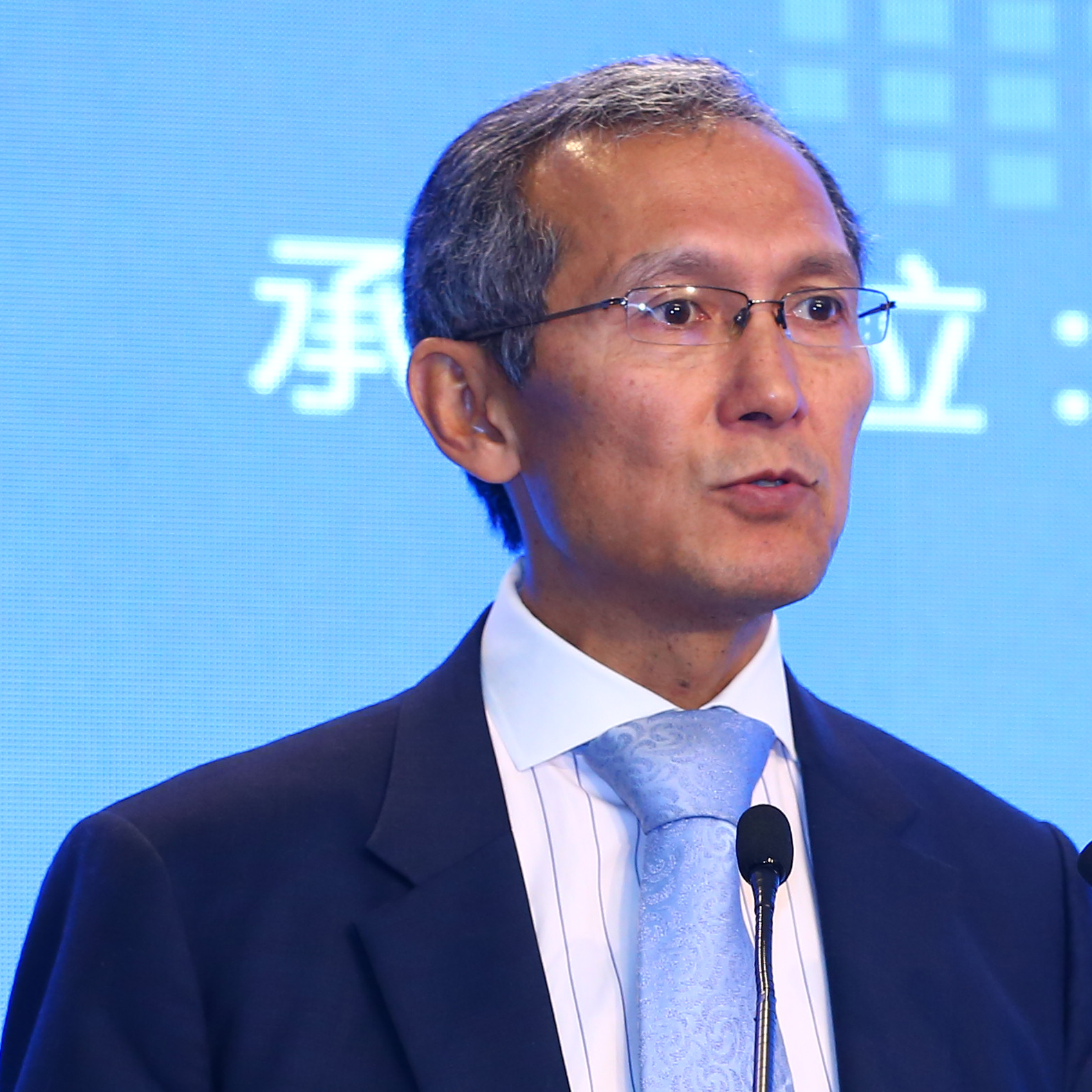


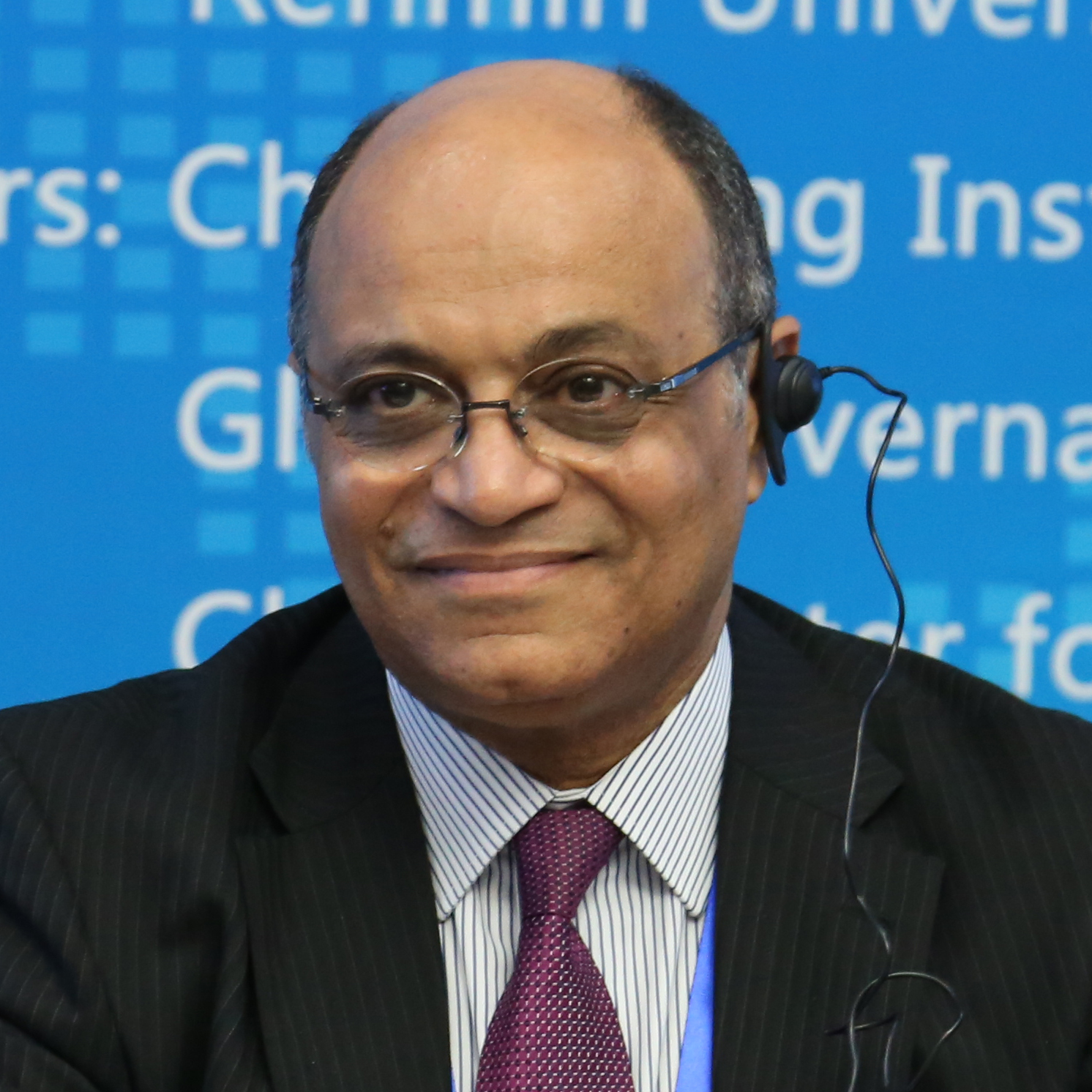














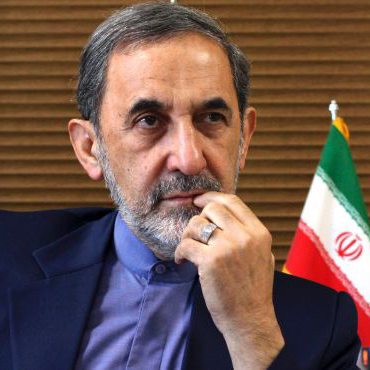




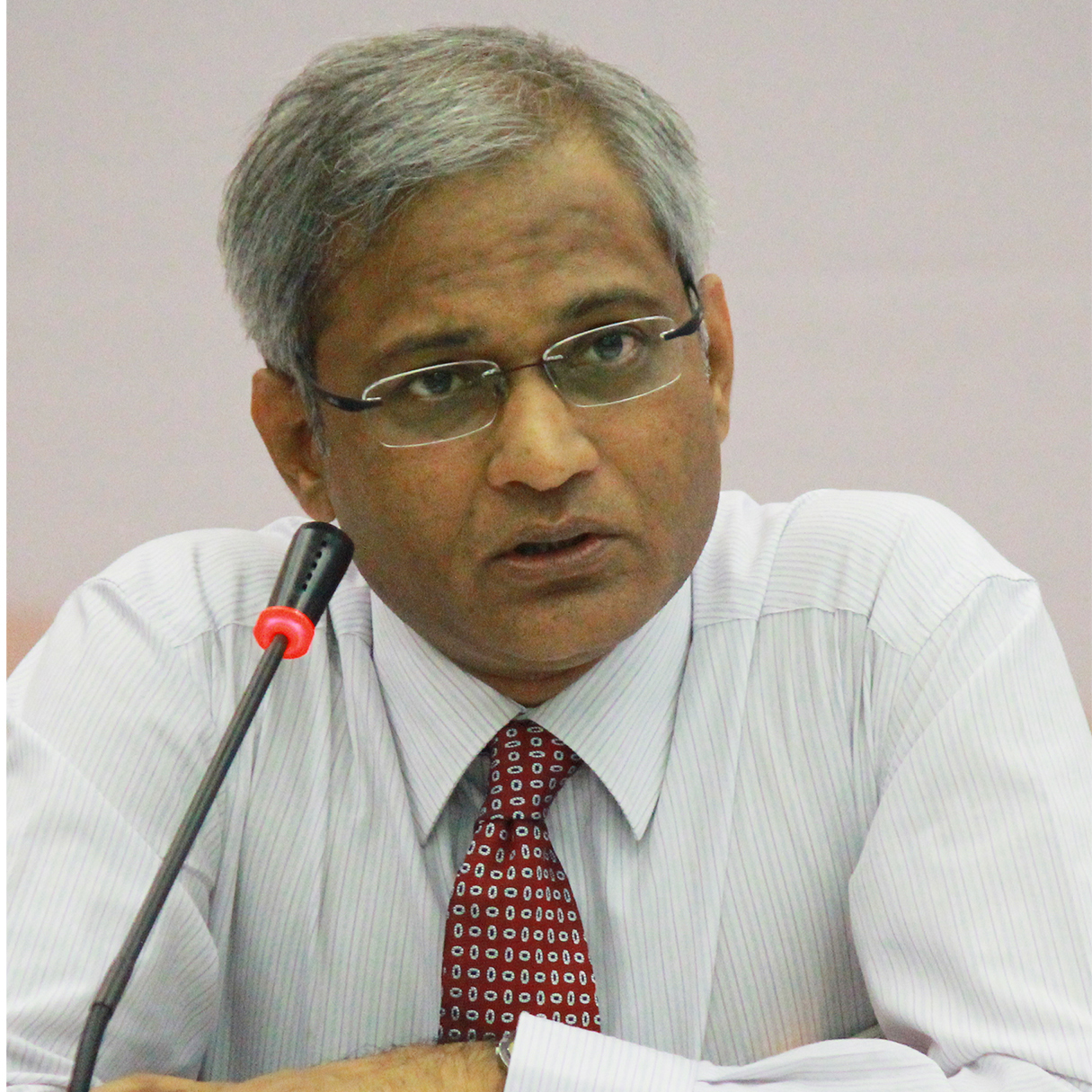
















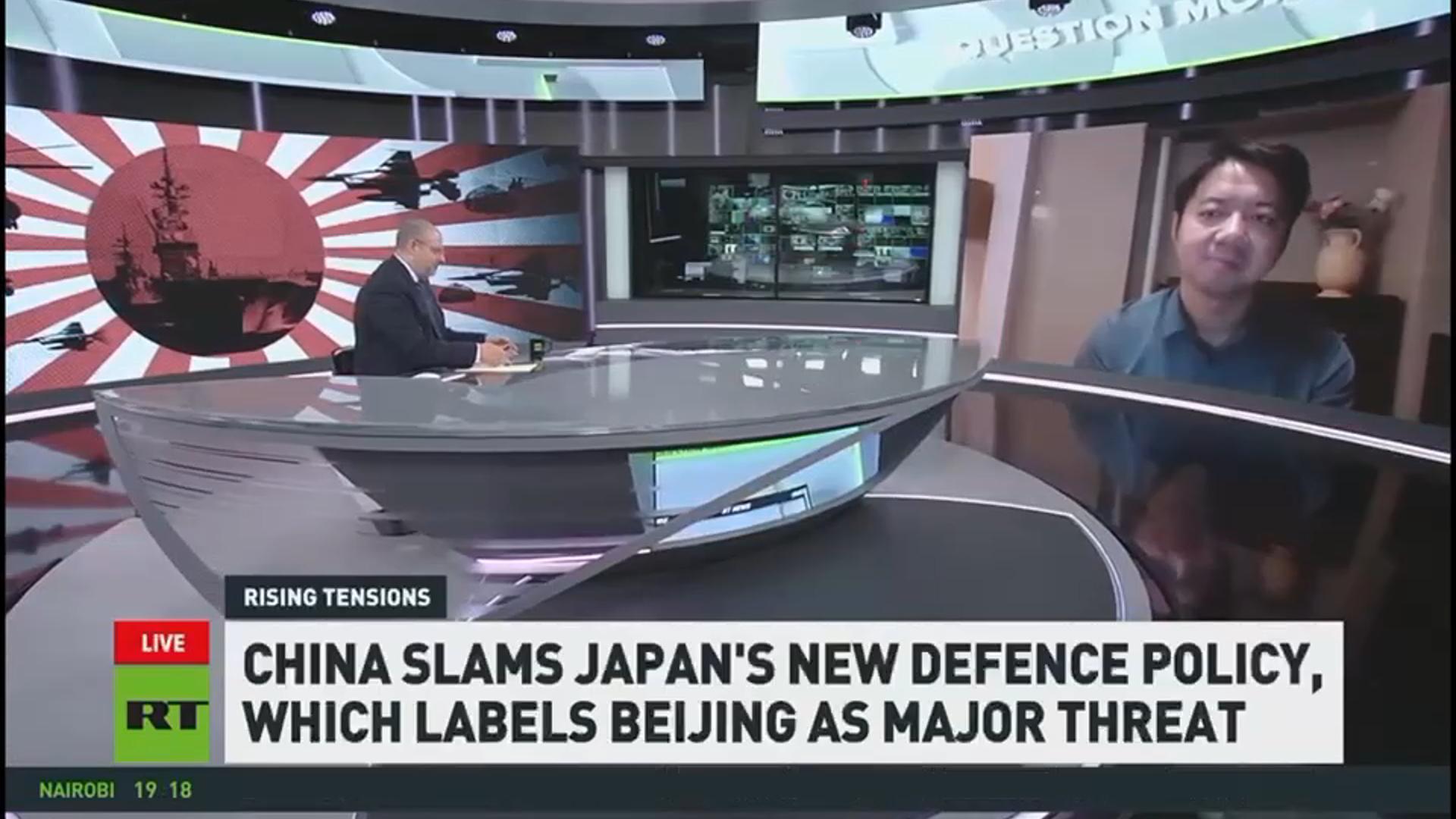
 京公网安备 11010802037854号
京公网安备 11010802037854号





